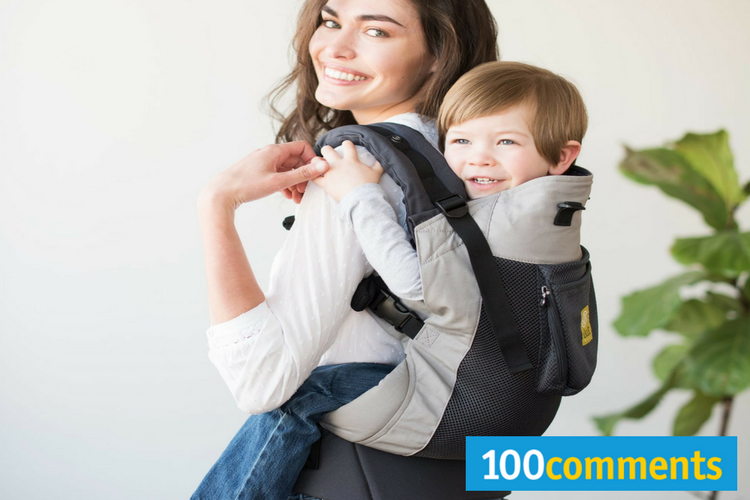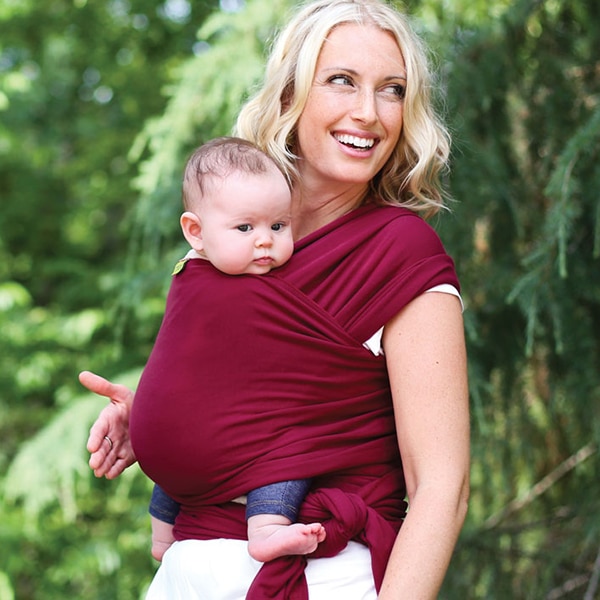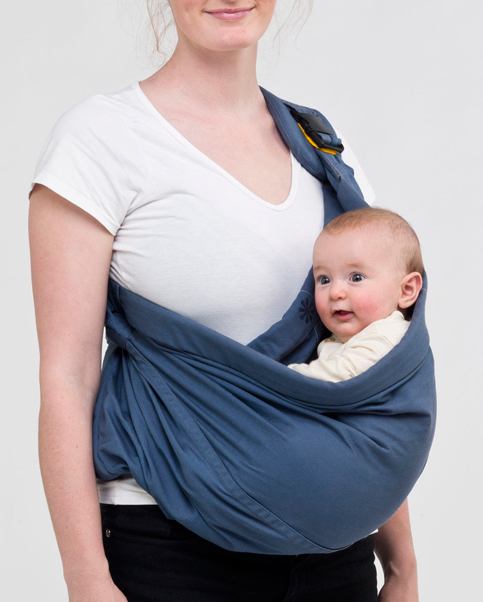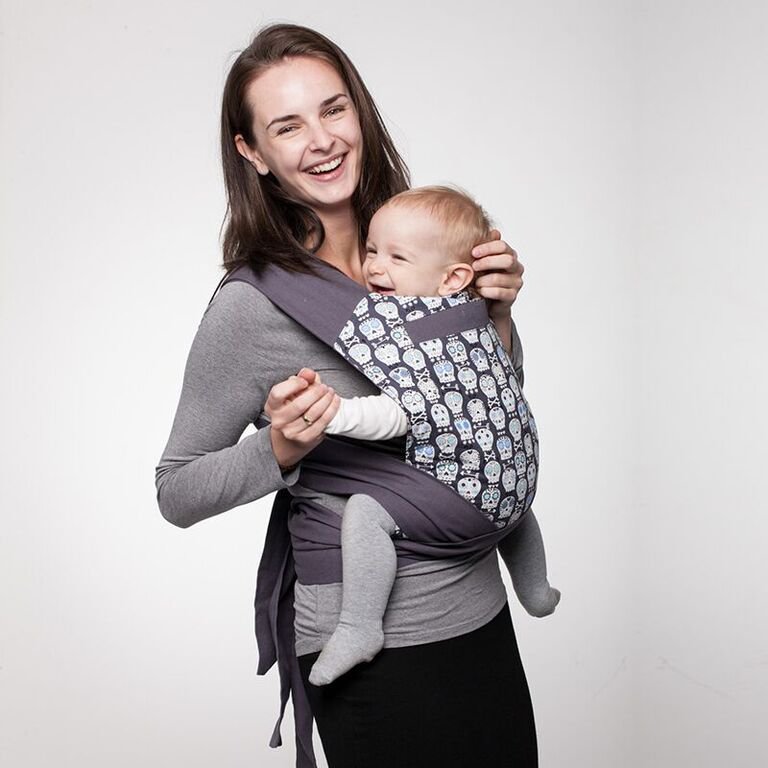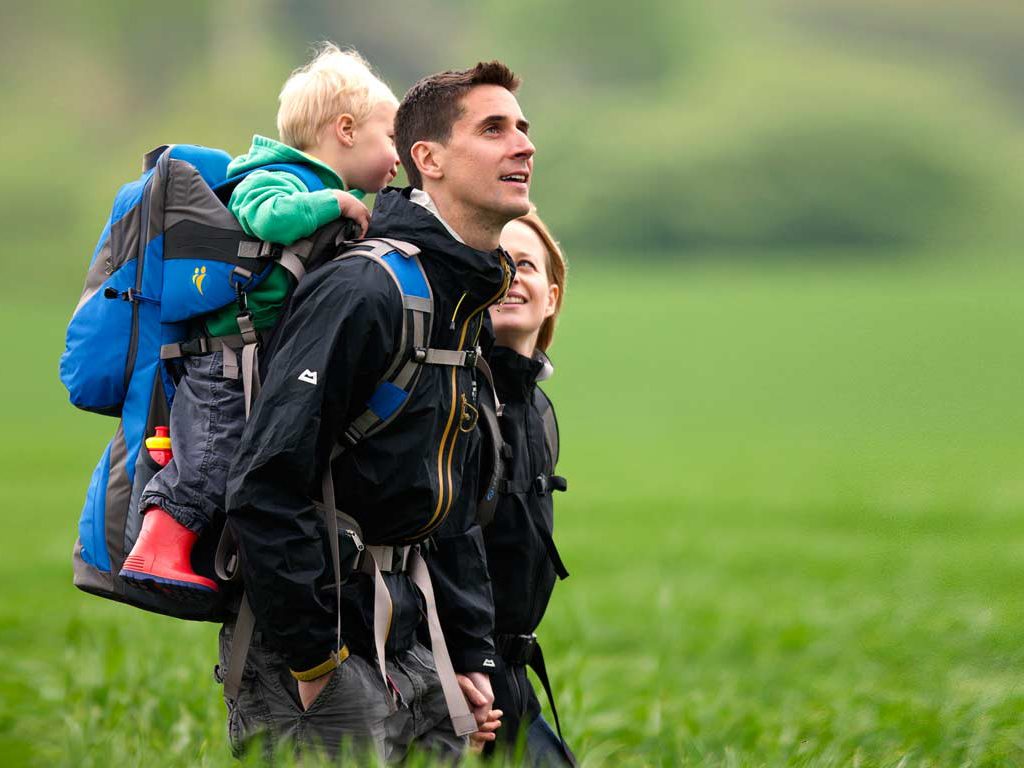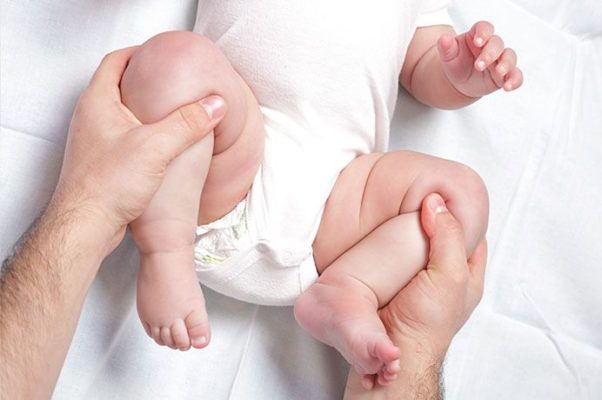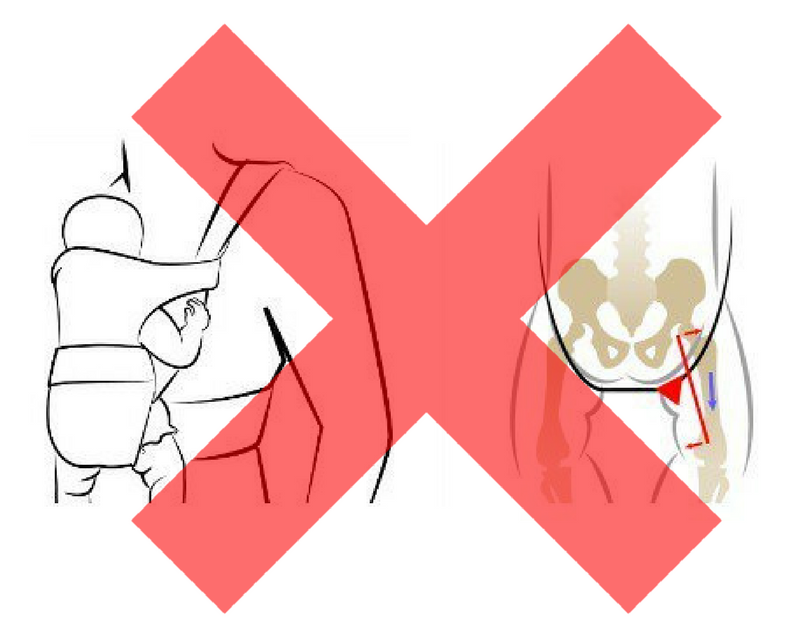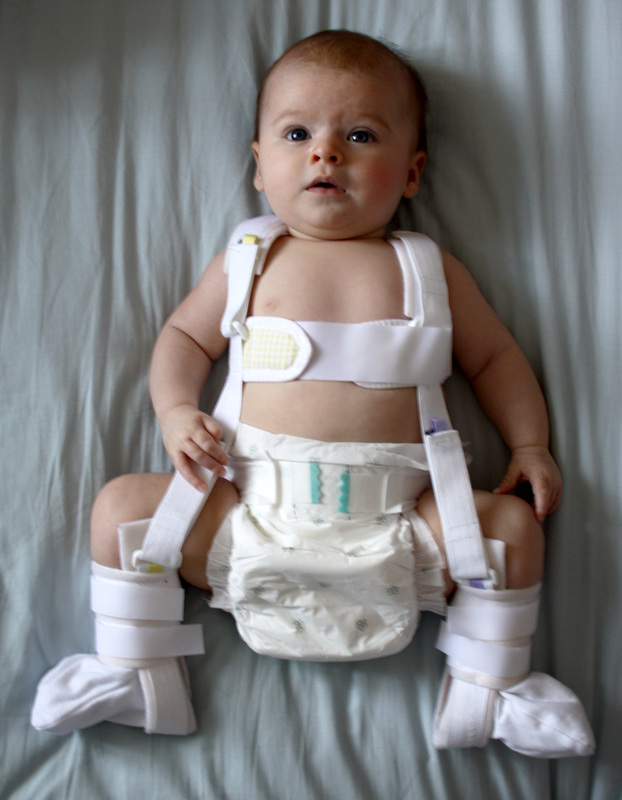Baby carriers are blessing for parents in making life easier and convenient. It’s popular among parents and listed as one of the must items for parents on-the-go. It’s an alternative to bulky strollers where you have to unload and load, and the weight adds up the difficulty. What makes it more burdensome is you have to master the manual.
There are many types of baby carriers. Baby wraps, baby slings, front-facing carriers, back-facing carriers, soft-structured carriers, mei-tais and frame backpacks are some of the common baby slings use by parents. Baby carriers promote parent-child bonding and interaction as they are close to each other and psychical touch takes part too.
Even so, as parents, you have to be aware of the common medical condition caused by using a baby carrier. Hip dysplasia in babies is a condition where there is a poor fitting of the hip joint. It is a medical term for a condition where a hip socket doesn’t fully cover the ball portion of the upper thighbone, allowing the thighbone to slip out of the socket partially or fully that called as hip dislocation. It is common to happen due to the wrong technique of using baby carriers or the position of the baby.
Table of Contents
Types of Baby Carriers
Baby carrier has been around for quite some time. Today’s technology and understanding have presented more choices than ever before. Notice that with the changes in technology, the design of baby carriers has evolved and taken over the historic wraps. There are five basic types of carriers which are wraps, slings, mei-tais, soft-structured carriers, and frame backpacks. Below is a brief description of these five styles of carriers.
1. Baby wrap
Baby wrap is a long piece of fabric that wraps around you and your baby. Baby wraps need some techniques in wrapping as well as tying knots to prevent the bay from slip over.
2. Sling
Similar to baby wraps, sling wraps require a single piece of fabric that goes over one shoulder and forms a pouch to hold your baby in front of you or on your hip. There is a concern that the baby might suffocate and the risk of hip dysplasia, especially for newborns.
3. Mei-Tai
It is a hybrid design between a wrap and a soft-structured carrier. A mei-tai has four straps attached to the main body of the carrier that can be tied in various ways to secure your baby.
4. Soft-Structured Carrier
Soft-structured carrier has padded straps and buckles connected to the main body of the carrier. It is ergonomic and comfortable.
5. Baby Backpack
This is by far the most structured and heavy baby carrier. It has a metal frame that is made for wearing your older baby or toddler on your back for long periods of time. It is the best choice for a long, adventurous walk or doing any outdoor activities such as climbing or jungle trekking.
Causes of hip dysplasia in babies
The exact causes are not known but it’s believed that hip dysplasia among babies is developmental. This is because hip dysplasia is known to develop around the time of birth, after birth, or even during childhood. Hence, hip dysplasia is often referred to as developmental dysplasia of the hip. Several causes of this condition are:
1. Genetics: Hip dysplasia can be inherited from the parents. It is approximately 12 times more likely in a child when there is a family history of it.
2. Position in the womb: Position of a baby in the womb may lead to hip dysplasia as well. A baby’s position can cause pressure on the hip joints such as a baby in the breech position is more likely to have hip dysplasia than babies positioned normally.
3. The pliability of an infant’s hip joints: Baby’s hip socket is made up of soft, pliable cartilage which may make it easier for a hip to dislocate.
4. Infant position in the first year: Baby carriers in the early age could lead to hip dysplasia if it’s not worn properly. Cultures practice as well could lead to this condition where they tie the baby’s legs making them unmovable.
Do you wear baby carrier properly?
As a parent, you should aware that infant’s hips are very pliable. According to health professionals, it takes several months for a baby’s joints to stretch out naturally following birth. During the first few months, the ‘ball’ of the hip joint is generally loose within its soft cartilage socket. If the baby’s hips are forced into a stretched-out position too early, then the ball may permanently deform the edges of the socket or completely slip out of the socket. This condition is called as dislocation.
Some baby carriers may promote such unhealthy hip positioning in a baby. The type of baby carrier and swaddling method you use how you choose to position your baby can definitely assist with reducing the risk.
The unhealthiest position for an infant’s hips
Note that if a baby’s legs are extended with the hips and knees kept straight and the legs brought together, the possibility to get hip dysplasia is higher, especially if this position is maintained for a long period.
If a baby carrier doesn’t allow sufficient flexion and abduction, it may increase the risk through the unhealthy positioning of a child’s hips. This risk has more often than not been associated with forward-facing baby carriers.
Healthy hip positioning
The healthiest position for baby’s hips is when they are flexed and abducted. To ensure it’s safe, your baby’s hips should fall or spread naturally apart to the side and the thigh supported by the baby carrier and hips and knees are bent.
This position is also known by the following terms:
- Jockey position
- Straddle position
- Frog position
- Spread-squat position
- Human position
Signs of hip dysplasia in babies
Hip dysplasia among babies is hard to notice. It’s obvious when they have started walking but maybe it’s too late to change everything. Here are some of the most common signs of hip dysplasia that you can observe:
1. Asymmetry: Asymmetrical buttock creases may be an early indication of hip dysplasia in babies, but it will need to be confirmed with an ultrasound or x-ray.
2. Hip clicks: If you notice a snapping or clicking sound from the hips, it is recommended for you to do x-ray or ultrasound immediately.
3. Limited spread of hips: You might find it hard to change your baby’s diaper because the hips can’t fully spread. Once you try to move the legs, the baby starts to cry or feeling discomfort.
4. Pain: While infants and young kids with hip dysplasia typically don’t feel any pain, it is the most common symptom of hip dysplasia during the teen years or as a young adult. This it the period where they will start feeling the pain.
5. Swayback: After a child learns to walk, an exaggerated waddling limp or difference in leg length are the most common indicators of hip dysplasia. Limping with a marked swayback is a common symptom when both hips are dislocated
Alpha Living Adjustable Breathable Baby Child Carrier Seat Sleep Comfort
